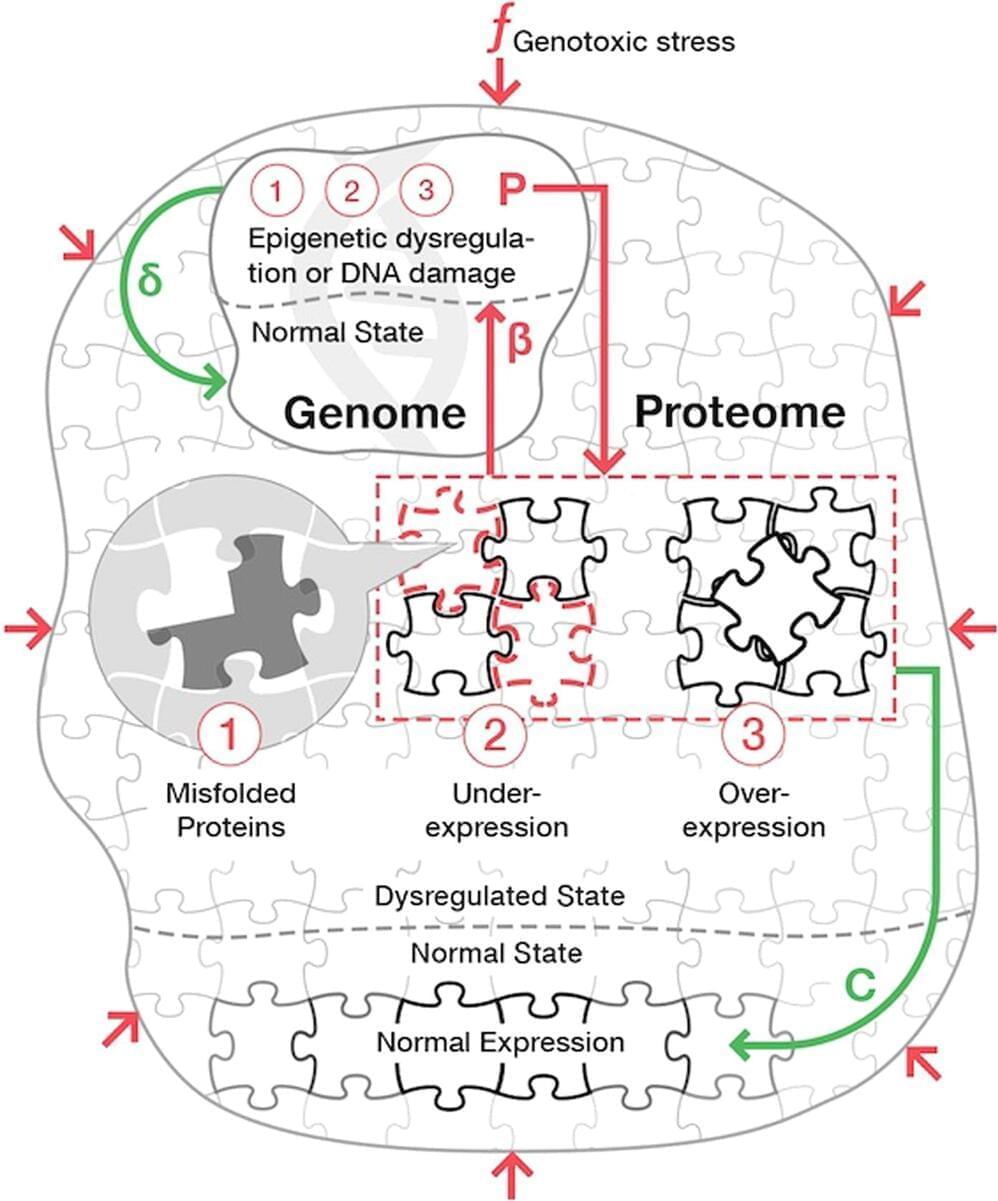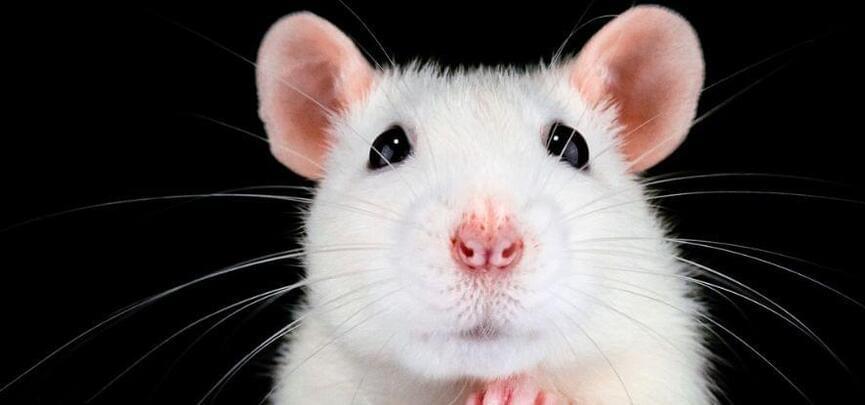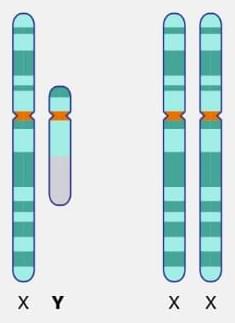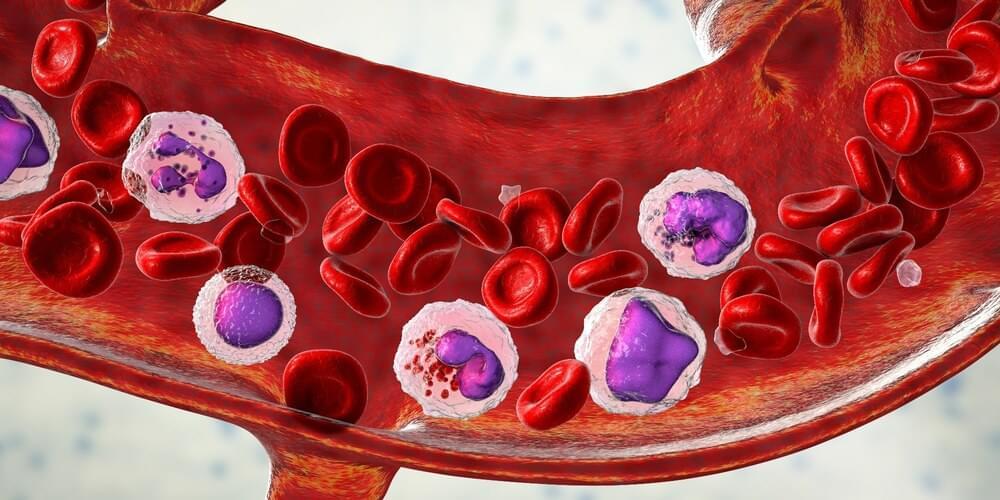Dr. Scott O’Neill (PhD, FAA, FAAAS) is Founder of the World Mosquito Program (https://www.worldmosquitoprogram.org/en/work/about-us/team/scott-oneill) and Professor at Monash University (https://lens.monash.edu/@scott-oneill), where he leads a large international research collaboration (formerly known as Eliminate Dengue), which is focused on developing the Wolbachia bacteria as a novel method to block the transmission of dengue fever and other mosquito-transmitted viral diseases, such as Zika and chikungunya. This global, not-for-profit program is currently conducting field trials of the Wolbachia method in multiple countries, in areas where these diseases are endemic, working closely with communities, local health organizations and governments to implement its self-sustaining method through controlled releases.
Dr. O’Neill has spent his academic career at the University of Illinois, Yale University, the University of Queensland and Monash, where he was previously the dean of the Faculty of Science.
Dr. O’Neill is internationally recognized for his contributions to the field of insect symbiosis and the way the intimate bacterial associations of invertebrates are ubiquitous and can generate major effects on the reproductive physiology, developmental biology and ecology of the insects they infect. His work has made major contributions to understanding how insect symbionts exert their effects and the consequences for infected hosts.








